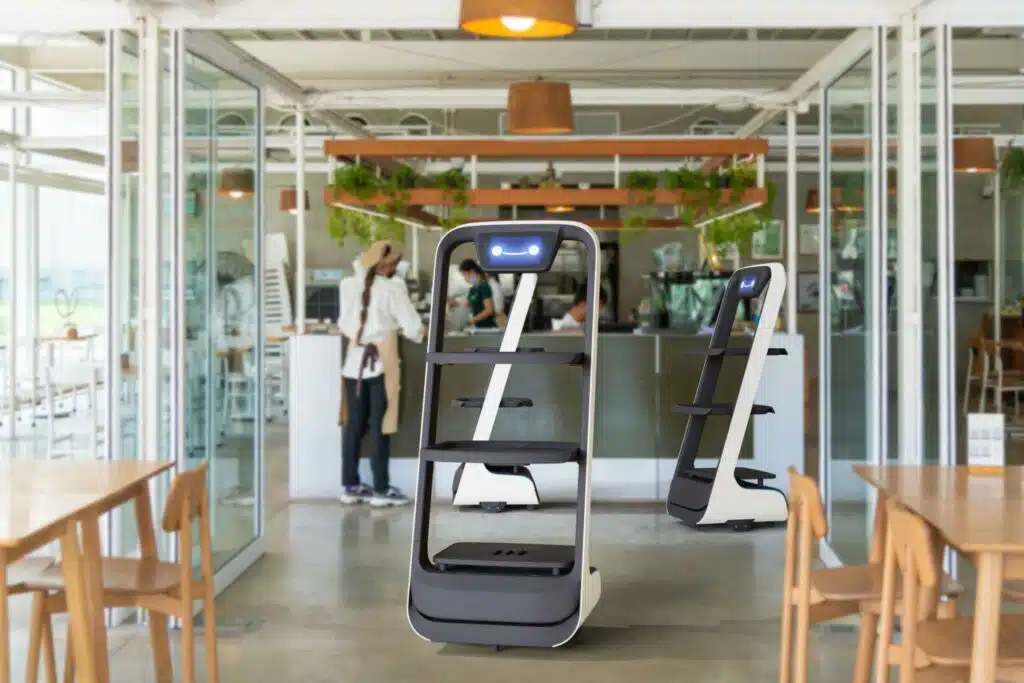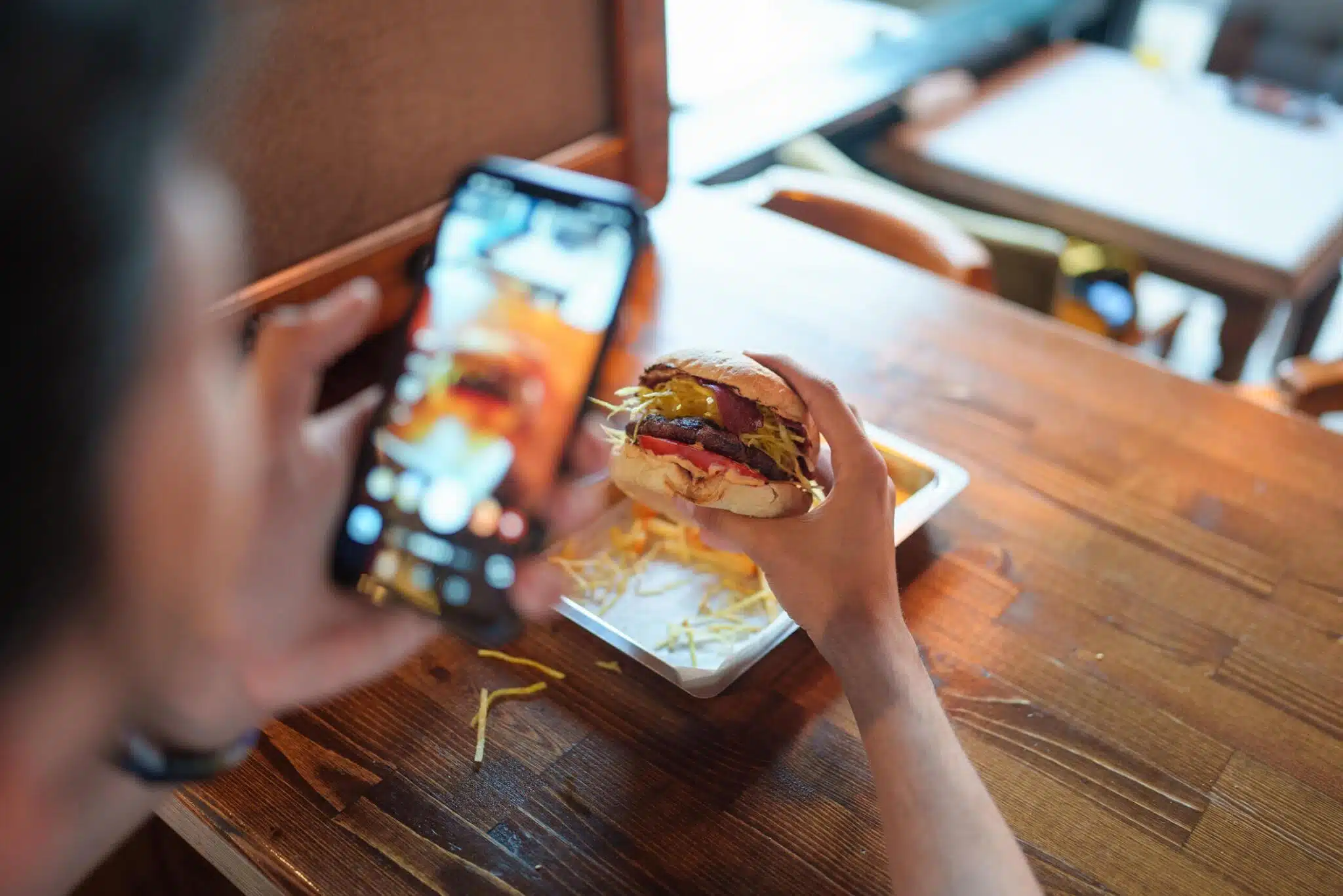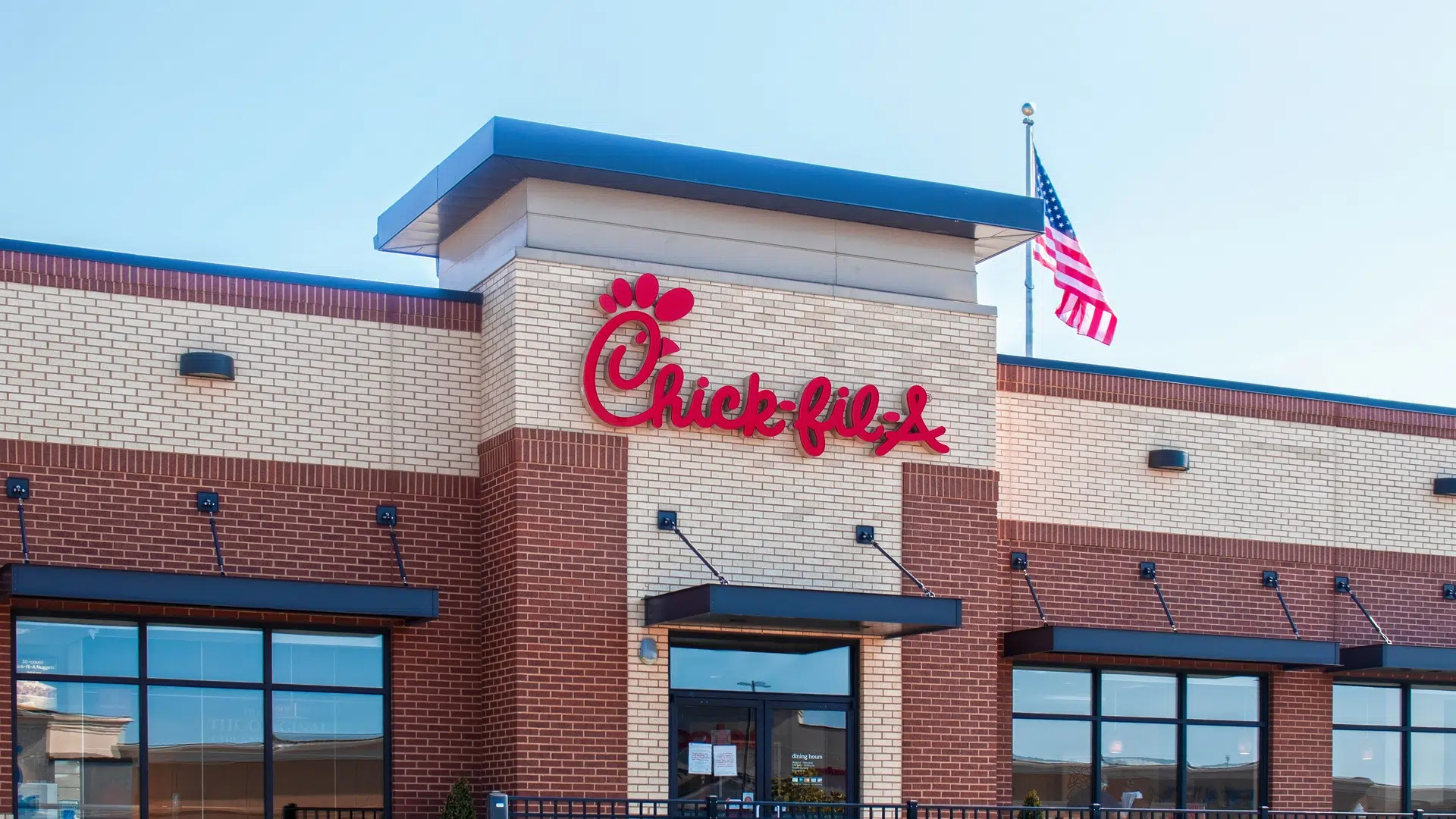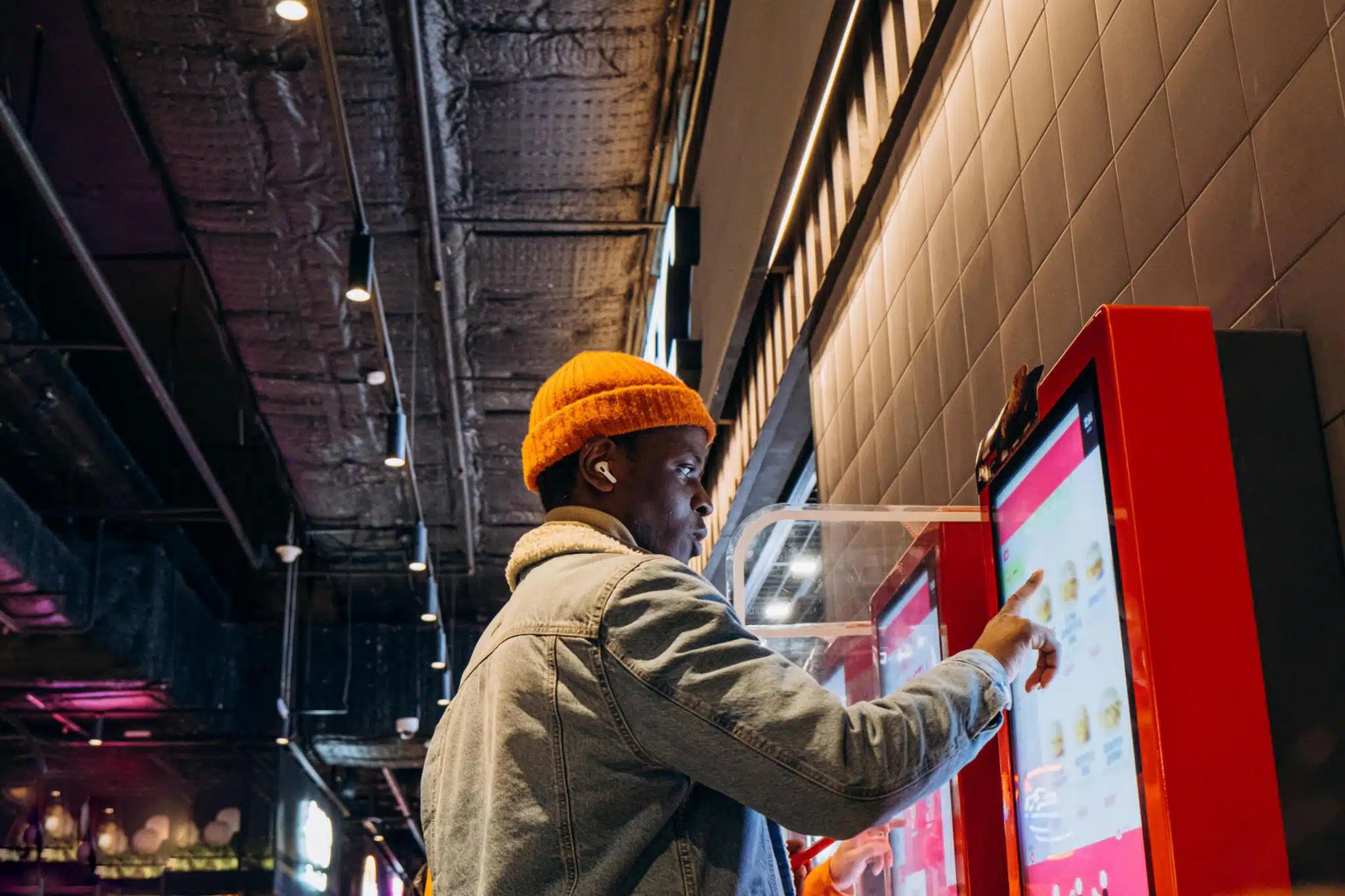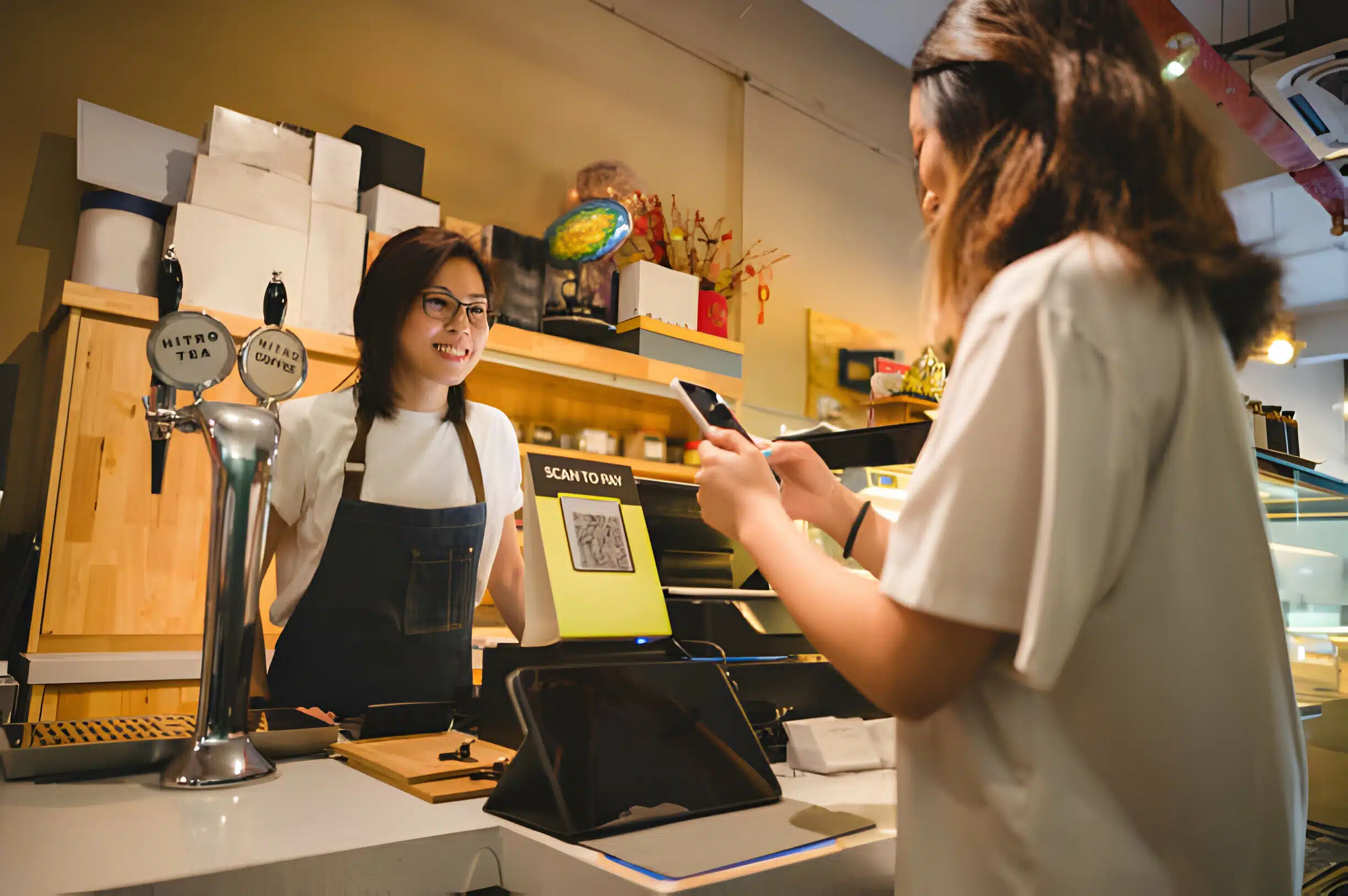In the quick-service industries, the artificial intelligence impact is a formidable catalyst, ushering in a new era of efficiency and innovation. As the demand for speed and convenience drives consumer expectations, AI is making profound strides in reshaping the landscape of fast food and related sectors. From automated order processing to predictive analytics optimizing supply chain logistics, the impact of AI is palpable.
In this blog post, we will unravel how artificial intelligence’s impact revolutionizes the quick-service experience, offering a glimpse into a future where technology meets the insatiable pace of consumer appetites.
How Does Artificial Intelligence Impact the Evolution of Quick-Service Industries?
In the ever-evolving landscape of quick-service restaurants, where speed, efficiency, and customer loyalty are the cornerstones of success, the integration of artificial intelligence (AI) is ushering in a transformative wave. From optimizing back-of-house operations to revolutionizing the customer experience, AI is the secret ingredient that quick-service industries need to stay ahead in the competitive game. Here are 5 ways to how AI is making a huge impact on QSR:
- The Power of Hyper-Personalization
Quick-service giants like Chick-fil-A are familiar with the challenge of keeping customers coming back. The recurring nature of diners is the lifeblood of these establishments, and AI is emerging as a powerful ally in this endeavor. Through AI, these establishments can delve deep into their patrons’ preferences and order histories.
Approximately seven out of ten restaurants leverage point of sale (POS) data to fuel loyalty programs, upselling, and discounts. This fosters brand loyalty and turns first-time visitors into devoted fans. The industry is undergoing a metamorphosis, exploring how AI can optimize every aspect of the customer experience. This goes beyond recommending popular menu items; it’s about creating hyper-personalized experiences that resonate with individual customers.
For instance, IHOP, a stalwart in the quick-service sector, is embedding AI in its ordering process to provide tailored menu recommendations. This move sets the stage for a new era of personalized dining, where customers feel a deeper connection with the brand through curated experiences that align with their tastes and preferences.
- AI-Enabled Efficiency in Back-of-House Operations
Quick-service restaurants are navigating an ongoing labor shortage, prompting them to use AI-enabled tools to enhance efficiency. Traditional practices are being redefined as industry leaders seek innovative solutions. Chipotle, for example, is at the forefront, testing an automated system for dispensing ingredients, while Wendy’s has initiated a computerized drive-thru pilot.
These innovations are a response to the need for solutions that counter labor trends and ensure optimal service during peak times, even in challenging economic environments. In the future, the industry will likely witness a surge in the use of AI for analyzing sales trends and operational data to fine-tune staffing needs.
Data analysis will extend to training programs, allowing operators to identify team strengths and areas for improvement. POS system data, already a valuable resource, will become a goldmine, guiding inventory management and predicting item turnover for more effective ingredient purchasing schedules. AI is not merely a technological enhancement; it’s a strategic tool for navigating the complexities of the modern quick-service industry.
- The Era of Personalization Takes Center Stage
As operations become more optimized, quick-service restaurants are shifting their focus toward enhancing the customer experience. AI-driven analytics will be crucial in creating tailored experiences, from order management to menu suggestions based on past orders, dietary preferences, and current weather.
Beyond personalized menu recommendations, AI is becoming integral to marketing strategies. Movable Ink’s 2024 Audience of One survey reveals that marketers increasingly rely on AI for consumer behavior analysis, personalization, campaign optimization, and more. Recommending add-on menu items and predicting customer behavior enables quick-service establishments to enhance the bottom line and strengthen customer loyalty through personalized promotions.
For instance, most restaurants use POS data for loyalty programs, upselling, and discounts. By delving deep into order histories and customer preferences, restaurants can design loyalty programs or promotions that resonate with their patrons, fostering brand loyalty and repeat business.
And quick-service marketers are embracing it. In Movable Ink’s 2024 Audience of One survey, marketers are increasing their use of AI for consumer behavior analysis (59 percent), personalization (56 percent), campaign optimization (55 percent), and more. Recommending add-on menu items that complement the diner’s current order and graduate customers to new menu categories can help grow check sizes and improve the customer lifetime value.
AI-enabled tools can help quick-service restaurants better understand the level of discount each customer needs to convert and predict when a particular customer is expected to make their next order. Using this data as a rudder for personalized offers will streamline promotional strategies, strengthen bottom lines, and enhance the customer experience.
- AI-Backed Security: Safeguarding Investments
With the influx of AI into quick-service operations, there comes a need for enhanced security measures. AI-backed security systems are becoming essential for detecting order anomalies and preventing fraud or theft. Quick-service establishments, often targeted for credit card fraud, leverage computer vision-enabled cameras to process video data and identify potential threats.
These security measures are just the tip of the iceberg. As technology advances, AI will become a crucial component in the long-term adaptive strategies of quick-service restaurants, ensuring sustained growth in an ever-evolving market landscape.
- From Marketing to Delivery: AI is the New Backbone
While artificial intelligence in the quick-service sector is not new, its role expands beyond operations and customer experience. From steering marketing efforts to streamlining engagement strategies, AI is becoming the backbone of the industry.
The example of email marketing provides a clear insight into the core of any increase in AI. Understanding how customers interact with a brand and guiding them toward exploration aids in discovering products that they will repeatedly appreciate. Streamlining workflows enables quick-service brands to enhance the customer experience, fostering the loyalty needed to enhance overall profitability.
In conclusion, the quick-service industry is experiencing a revolution fueled by AI. By optimizing workflows, enhancing customer experiences, and fortifying operations, AI is not just a technological innovation; it’s a recipe for success in the dynamic world of quick-service restaurants.
As the industry continues to evolve, those who embrace AI will undoubtedly savor the sweet taste of sustained growth and customer loyalty. The transformative power of AI is not just a trend; it’s a fundamental shift reshaping the future of quick-service industries. In this era of digital innovation, those who harness the potential of AI will be the true trailblazers, navigating the competitive landscape with agility and redefining the essence of quick-service excellence.
Let SupplyCaddy Handle Your Packaging Needs!
SupplyCaddy, a trailblazing global leader in packaging and disposables for the food service industry, is here to guide you through the revolution and to furnish your business with top-tier, cost-effective solutions tailored to the unique needs of restaurants, chains, and food service brands. Connect with SupplyCaddy today at [email protected] to embark on a journey toward efficiency, innovation, and unparalleled success.

